Overhyped or Overlooked? AI in the Design Studio.
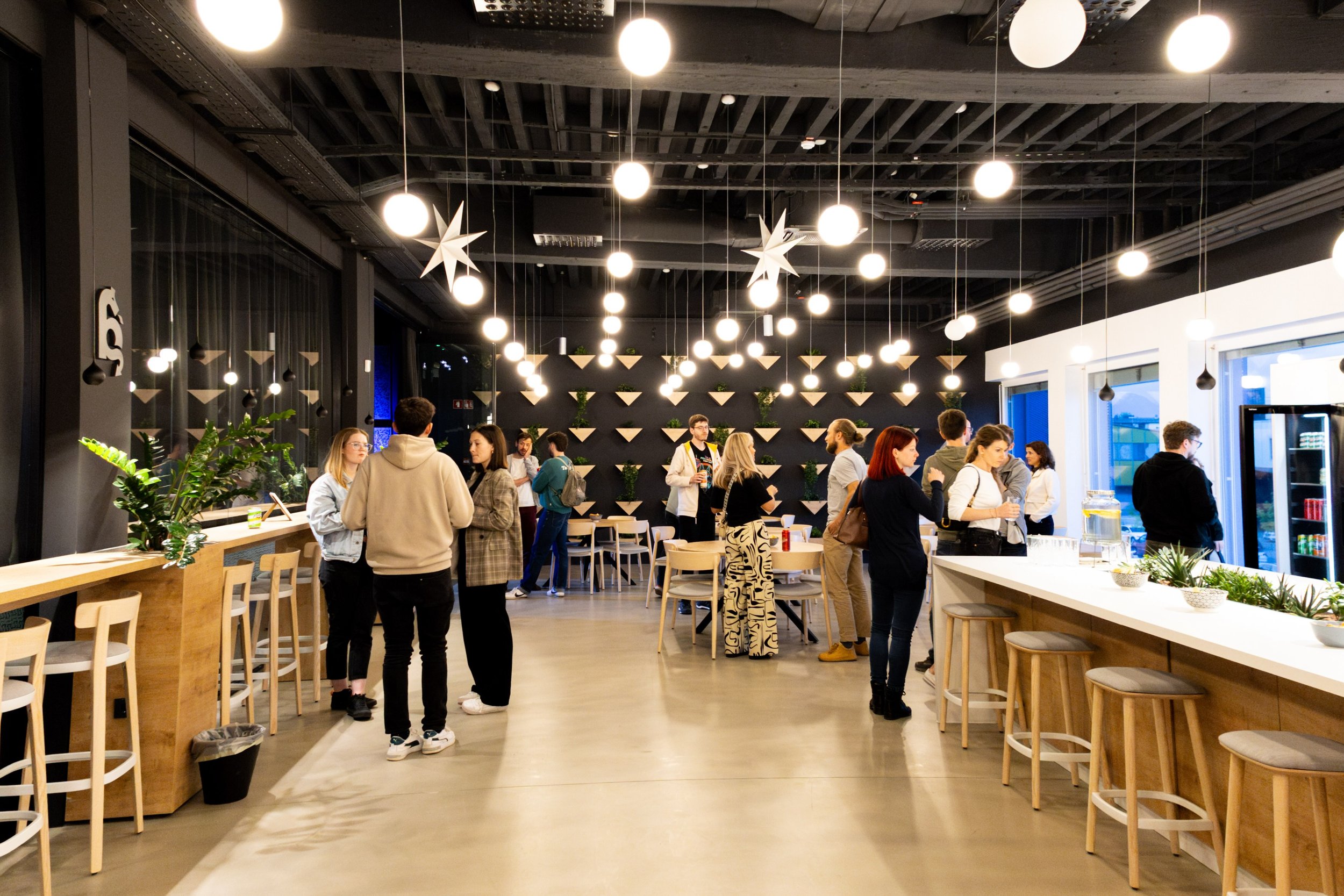
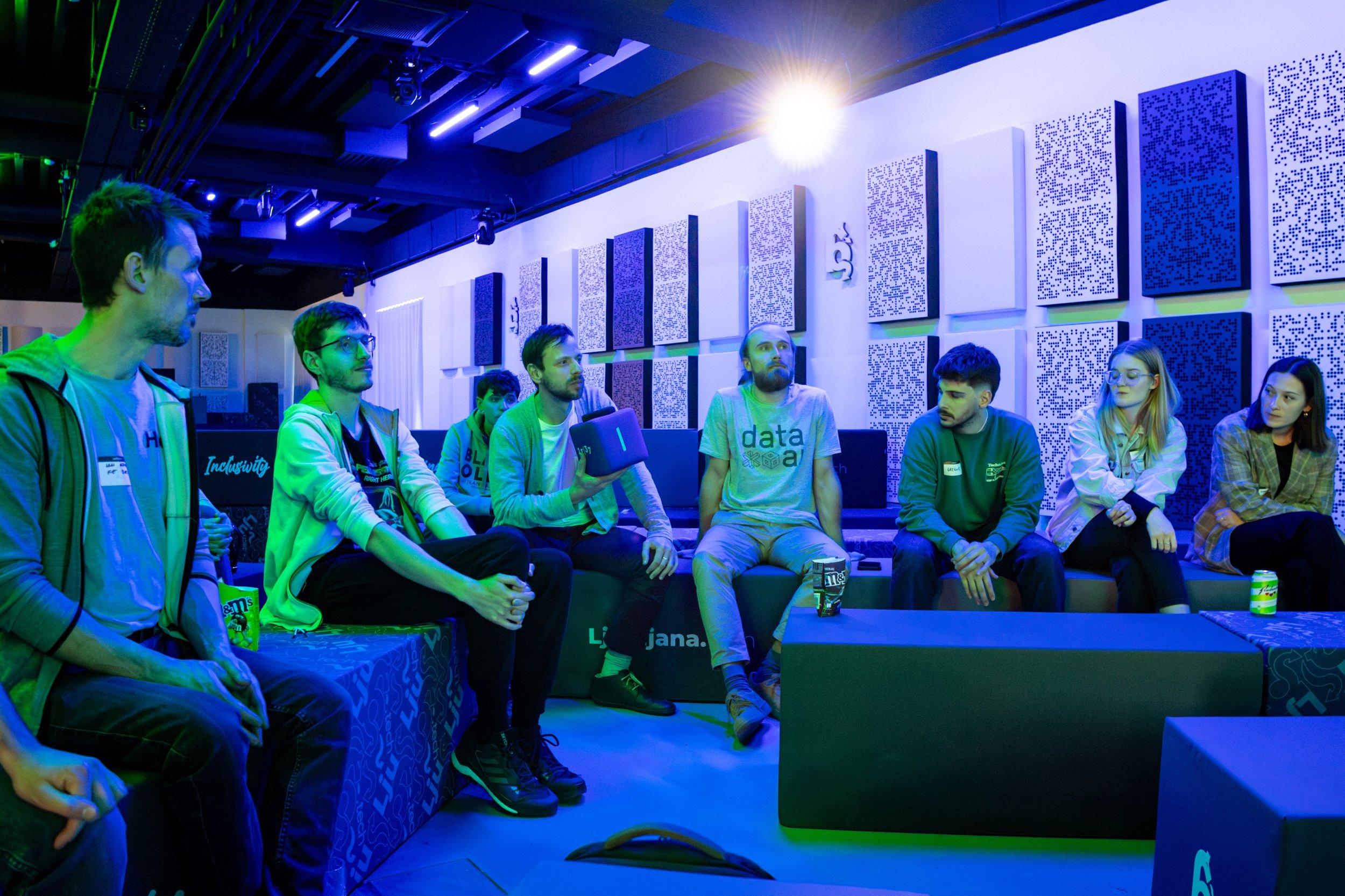
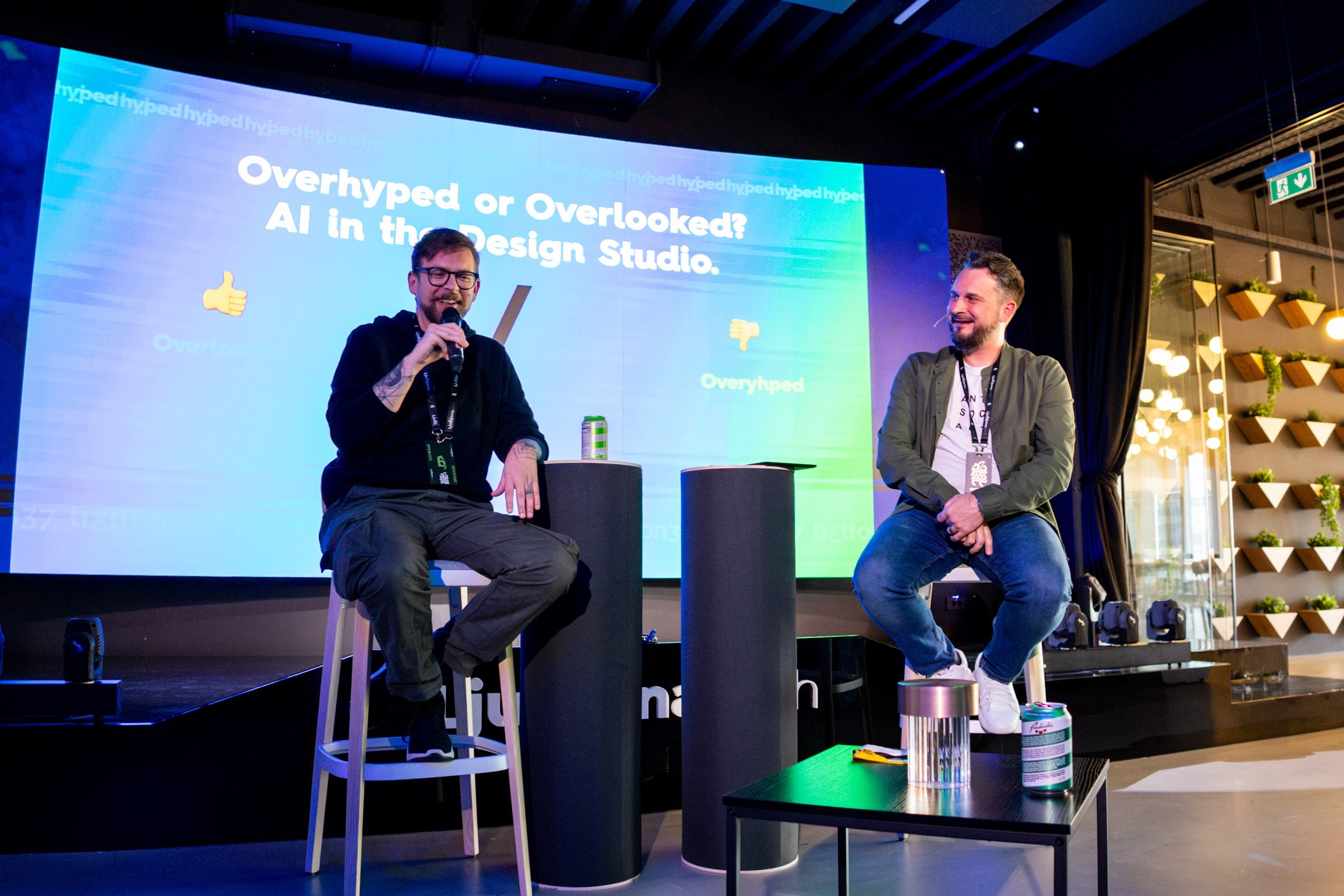
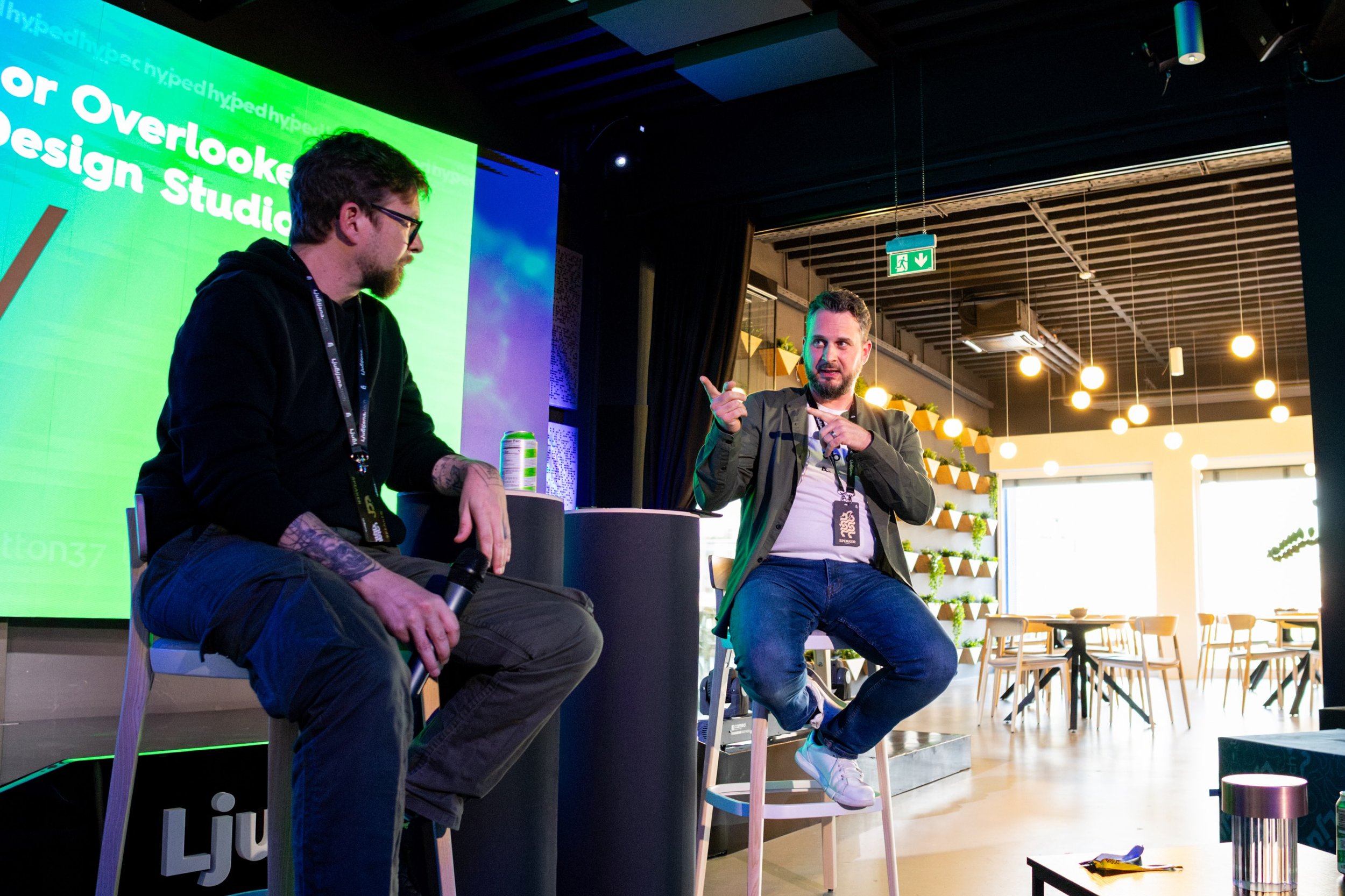
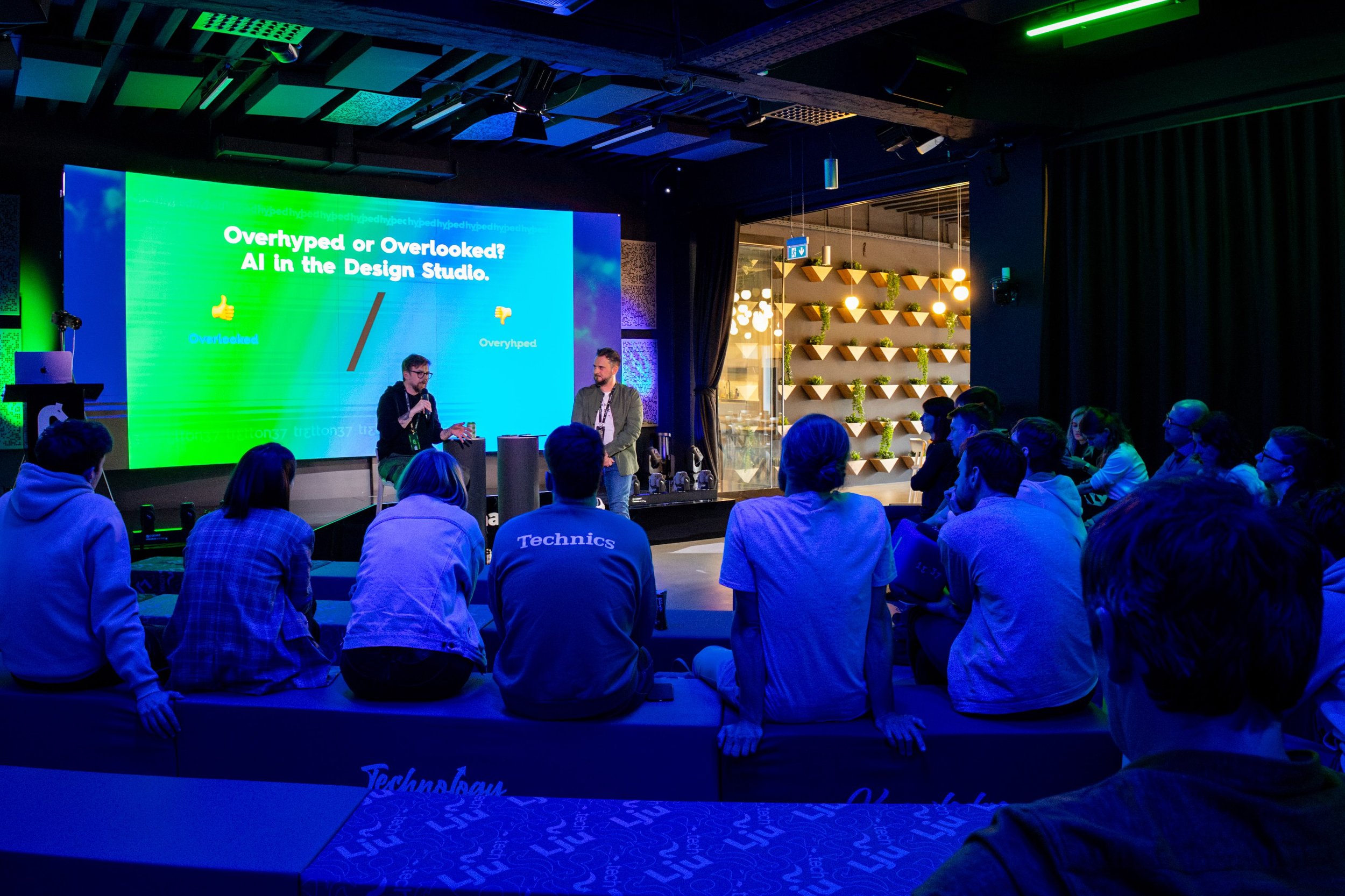
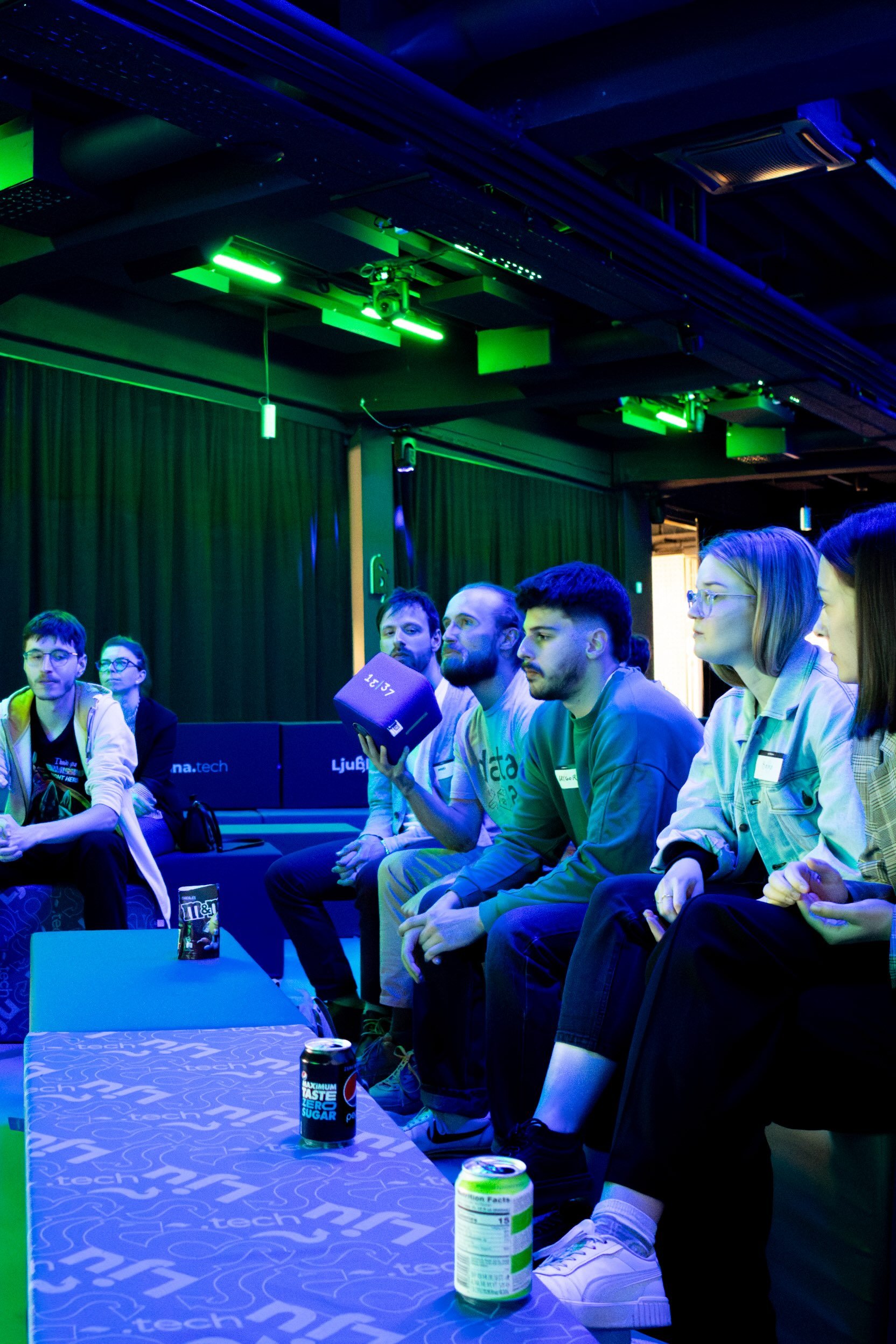
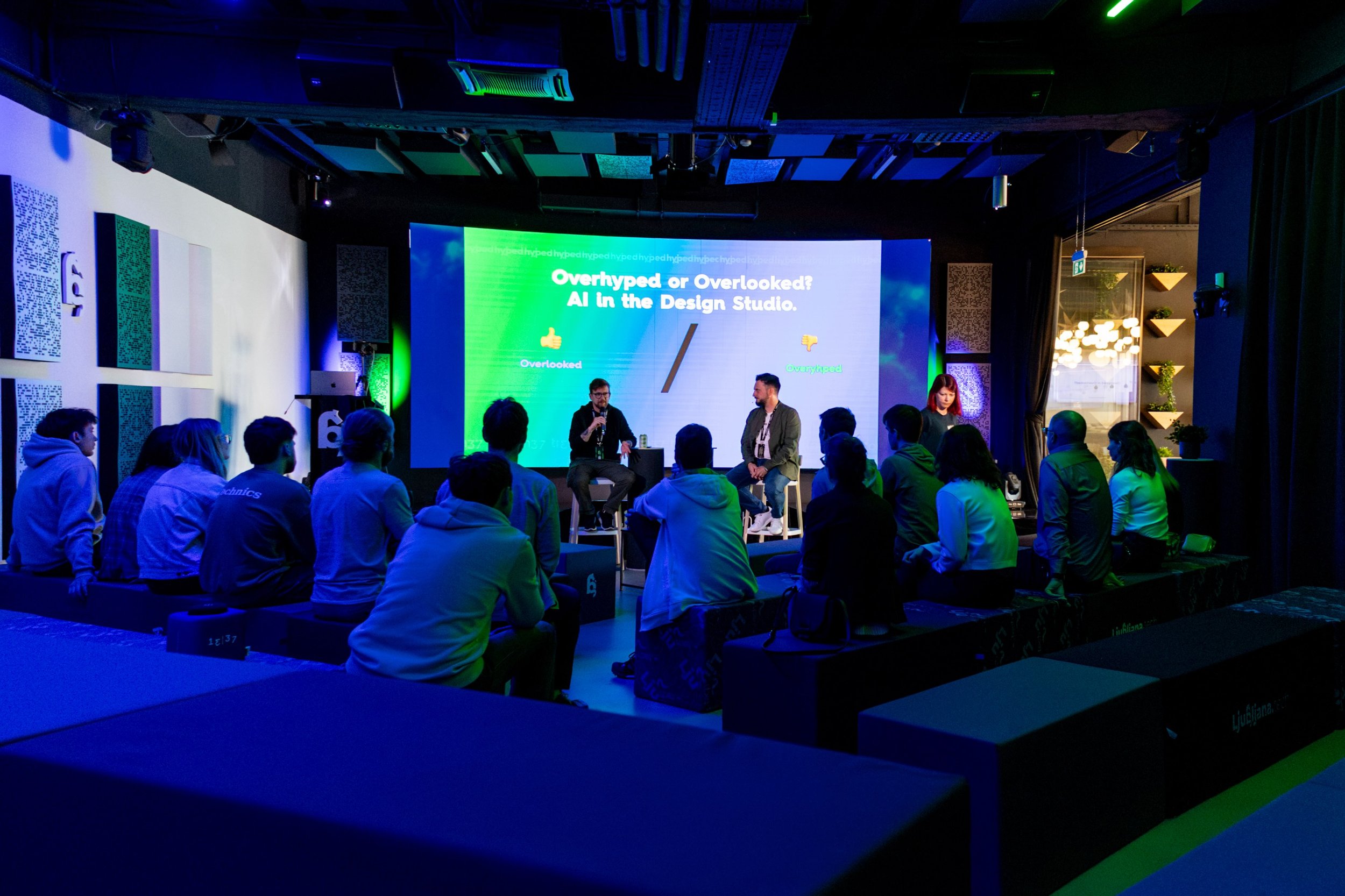
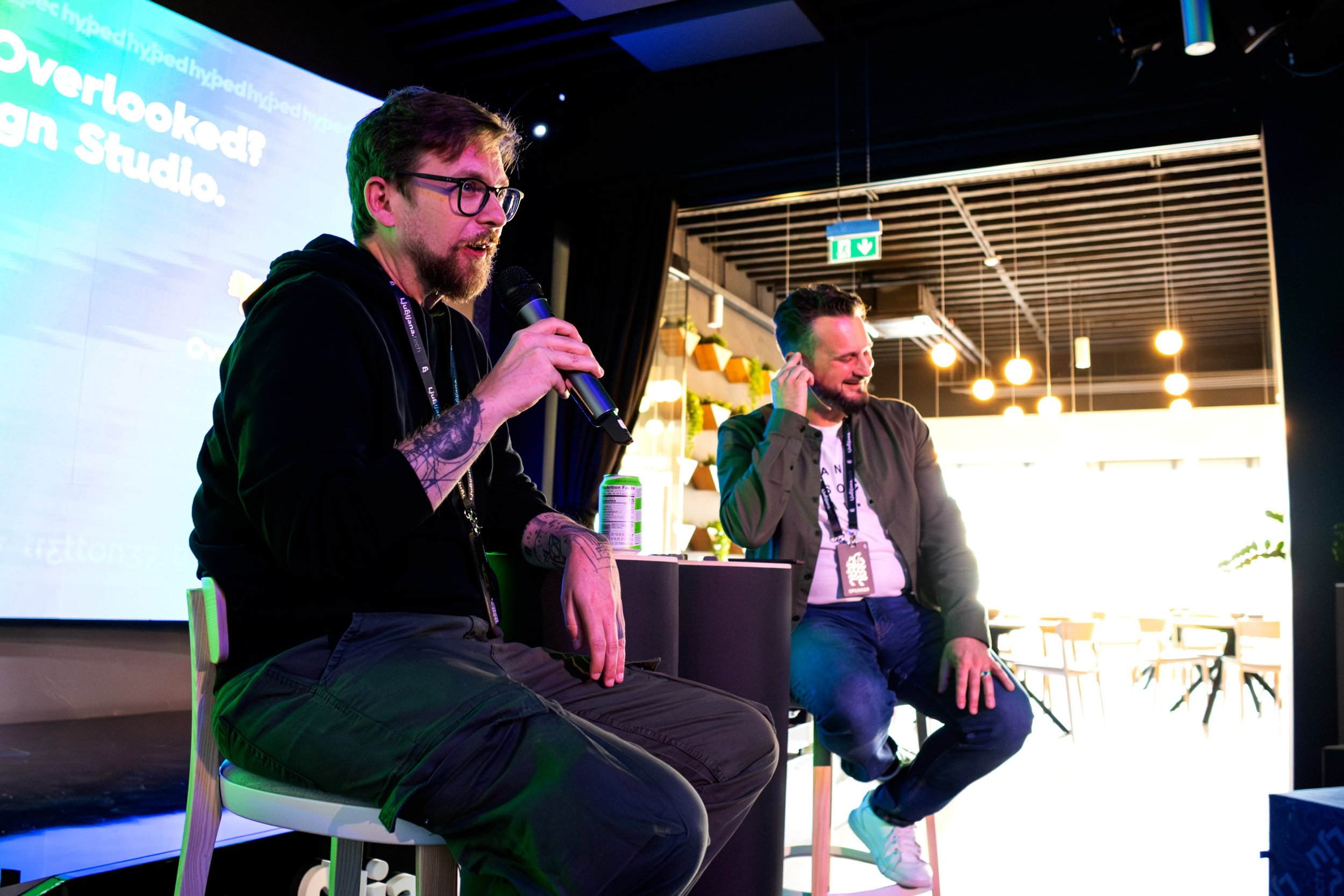
Firstly, I want to express my gratitude to my incredible team for their invaluable support in organizing this exceptional event, and to all our attendees for their active participation and thought-provoking questions. A special thanks goes to our distinguished guest Luka Tišler, whose expertise and positive energy contributed to the friendly and engaging atmosphere.
Introduction
The concept behind the event emerged from a common observation: traditional event formats often leave little room for meaningful interaction, with only a few brave souls daring to ask questions during Q&A sessions. Recognizing the value of spontaneous discussions in informal settings, such as lively debates among friends or unexpected conversations with colleagues, I sought to recreate this dynamic in our event.
I discovered that structured debates, where opposing viewpoints are explored, spark insightful discussions and foster diverse perspectives. Hence, the physical division of our space into two sides aimed to break away from the conventional format, creating an environment where ideas flow freely and everyone's voice is valued.
I aimed to address various topics related to emerging technologies and their impact on our lives and work, particularly from a designer's perspective. The event's name, inspired by my personal struggle with the allure of new trends and the fear of missing out, reflects the idea of exploring these topics together rather than navigating the complexities alone.
The event was an experiment, inviting participants to actively engage and co-create the experience. It unfolded in an informal and organic manner, allowing for spontaneity and flexibility.
The event
We kicked off with an icebreaker game called “My M&Ms are better than yours,” which set the stage for a lively and engaging debate. Following a brief introduction of our guest, Luka Tisler, and a presentation of his impressive Showreel, we delved into various topics related to AI and design. Centered around the theme "Overhyped or Overlooked? AI in the Design Studio," our discussions delved into AI's role in the creative process, including its potential to enhance creativity, its limitations and challenges, and the ethical implications associated with its use.
Some topics that emerged
AI as a Creative Tool
AI is seen not as a replacement for human creativity but as an amplifier that can inspire and unlock creative potential.
AI's Limitations and Challenges
While AI can generate numerous ideas and images, there are concerns about its precision in delivering specific design elements and the potential for misuse in creating fake or propaganda content.
The Design Process and AI
Questions are raised about how AI might change traditional design processes, such as photography and photo editing, and whether designers should approach their work differently knowing AI's capabilities.
Learning Curve and User Interfaces
There's a discussion about the learning curve for designers using AI tools and the need for more user-friendly interfaces to make AI more accessible to non-programmers.
Ownership and Ethics
The conversation touches on issues of ownership and ethics, such as who owns the creative output when AI is involved and the potential for AI to create unrealistic expectations through enhanced images.
AI's Impact on Design Quality
There's a debate on whether AI will lead to homogenization in design, with everything looking similar due to the use of the same technology, or whether it will enable perfection in design by eliminating human imperfections.
The Future of Design Skills
The discussion also covers the skills designers might need in the future to work effectively with AI and how much coding knowledge might be necessary.
Conclusion
The discussions covered a wide range of perspectives, from AI's role as a creative tool to its impact on the design process, learning curve, and ethics. Overall, the event provided a balanced exploration of AI's potential, recognizing both its benefits and potential drawbacks. It underscored the importance of critical thinking and thoughtful integration of AI in the design process.
With the help of AI, Leon van Bakel.
